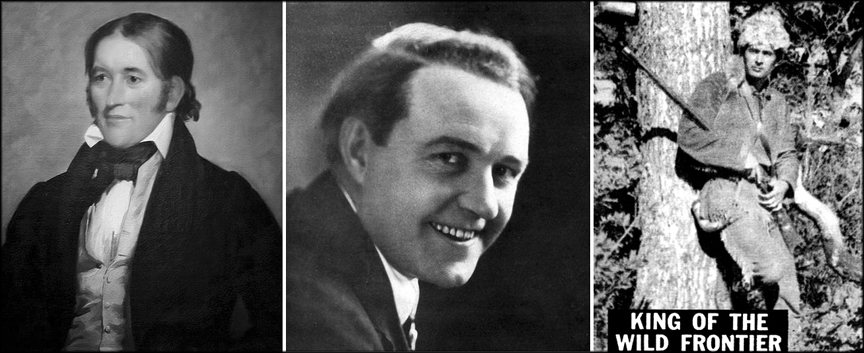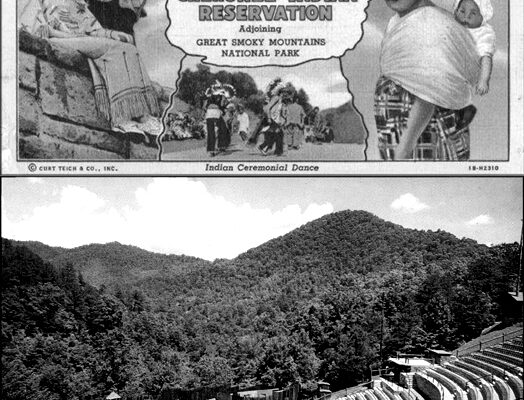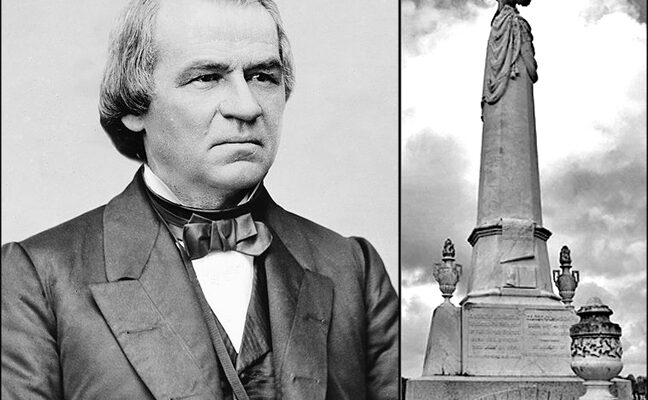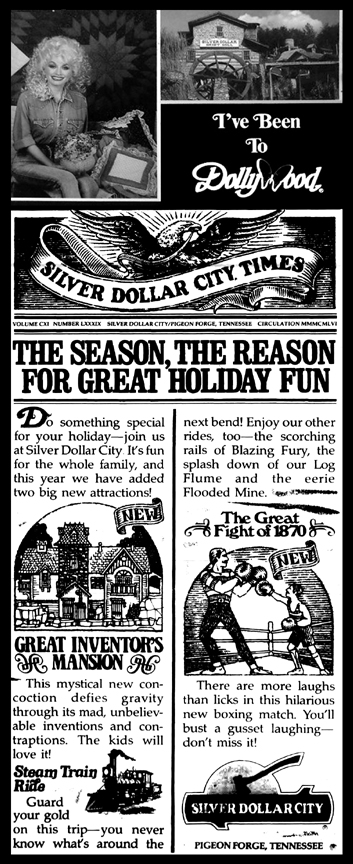It is enjoyable to explore the genealogy of old buildings in downtown Johnson City. In particular, one edifice at 236 E. Main had a long and varied subsistence. Many of us associate several businesses with that location: Wallace Shoe Store (1970-72), Jo-Ann's Shops (1950s-60s), Christiansen's Cafe (late 1940s) and Dinty Moore Cafe (early 1940s).
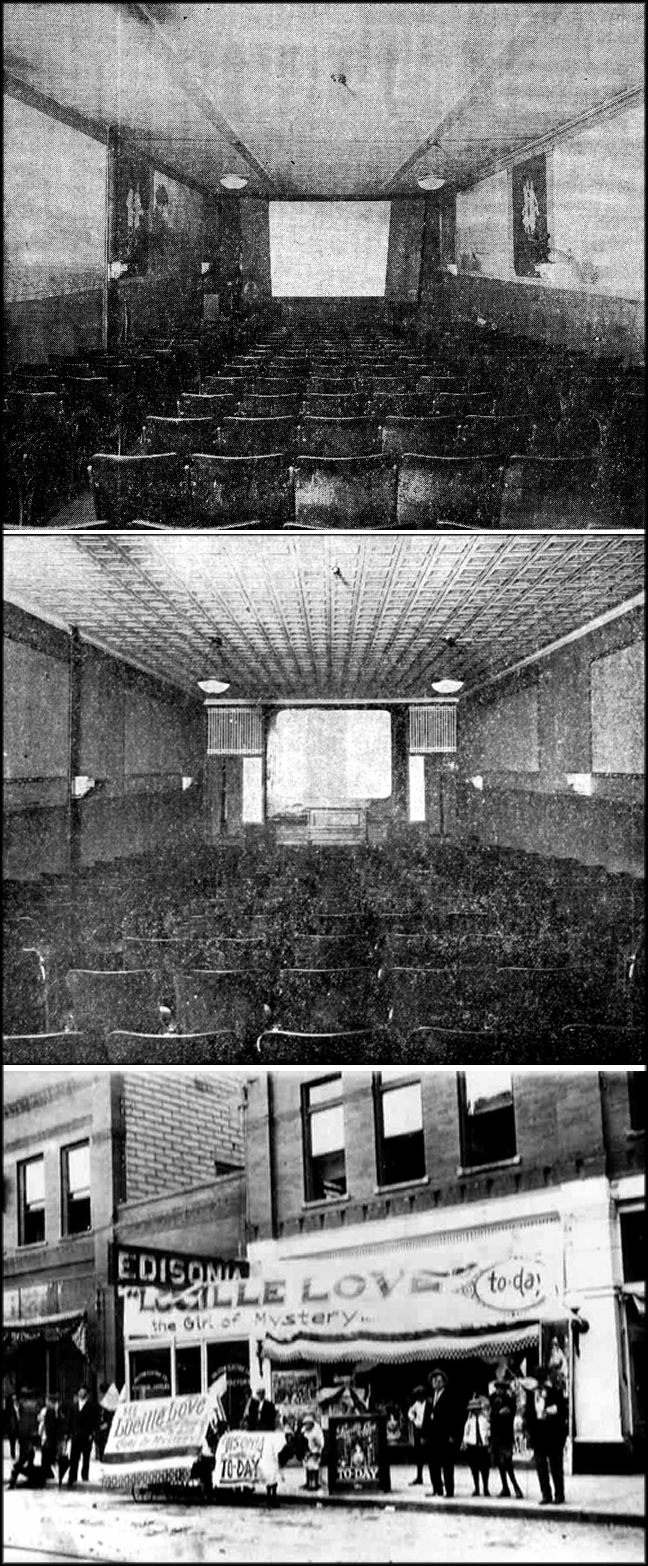
Edisonia (top), Criterion (middle), Edisonia
Some of our more mature Heritage page readers might also recall three theatres that operated at that address from 1909 until 1937. In 1909-11, the Edisonia Theatre appeared to offer stage shows and plays that included a variety of vaudeville performances. Although the site was empty in 1913, it reopened soon after, apparently for the purpose of showing silent black and white movies.
“Edisonia,” a name that stirs nostalgia for many theatre devotees, sported an admission price of a jitney (nickel), becoming a landmark for popular-priced amusements in the city.
The name Edisonia became a synonym for theatre in the minds of many fans in earlier days, according to Mrs. Jessie Jones Keys, widow of George Keys, an early movie house pioneer in Johnson City. George entered the business when he bought half interest in the theatre from his brother-in-law, Loftus S. “Loaf” Jones. A document bearing the date of March 5, 1913 was in the possession of Mrs. Keys. Her residence was listed as 408 E. Unaka Avenue.
Over time, George became active in operation of the Majestic and other nearby theatres. Mrs. Keys recalled when people would say, “Let's see what's going on at the Edisonia and then go over to the other Edisonia. The “other” one referred to the Majestic Theatre, located directly across the street.
A former projectionist at the Majestic and other local theatres here, John Ralph Perkins, recalled the old days: “The Edisonia,” he noted, “was also operated by George Keys and 'Loaf.' I went to work at the Edisonia in 1924 as an operator, a position that eventually became known as a projectionist. I remember that, at the Edisonia, we showed mostly westerns and serials.”
Some of the old stars included Elmo Lincoln (billed as the strongest man in the world and who became the first Tarzan in the era of silent pictures), Pearl White, Eddie Polo and many others. Some of the western stars were William S. Hart, Bronco Billy Anderson, Wild Bill Cody, William Farnum (and his brother, Dustin Farnum), Hoot Gibson, Jack Hoxie, Buck Jones, Harry Carey, Jack Holt, Tex Ritter, Gene Autrey ('I'm Back in the Saddle Again') and Leo B. Carrillo (who became recognized as Pancho, the humorous broken-English sidekick of The Cisco Kid).
“Another thing about the Edisonia,” said Perkins, “is that we would pack them in on weekends at 10 and 15 cents. Since seating was limited, when the house became full, Jones would holler up to the booth and tell me to speed up the machine so could finish the picture quicker, get the old crowd out and fill the house again.”
In the 1920s, the Edisonia was given a name change to Criterion and some modifications after the business acquired a large sign from the Criterion Theatre in Atlanta, Georgia. However, the clientele remained essentially the same. Perkins noted that the sign was quite large, being the biggest upright sign displayed in Johnson City at that time.
Interior modifications included painting, eliminating the large scenic panels along the side walls, removal of electric fans in favor of a better cooling system that utilized bigger fans attached to the roof upfront and moving the piano from the left side to the a spot directly beneath the screen.
A change in theatre designation also brought forth a fresh new crop of cowpunchers that included Bob Steele, Bill Elliott, Roy Walker, Bill Boyd and numerous others, but this was still the era of silent movies so the audience could not hear them. This would change shortly with the advent of “talkies.”
The theatre basically became a western theatre with good guys, bad hombres, cow towns, ghost towns, pretty girls and stunning horses galloping across the screen. Occasionally, management would display a different genre, but soon returned to what patrons wanted – the western format. The Criterion and its predecessor, the Edisonia, also had a goodly fare of comedies and shorts.
Harry Cook, a former employee who became traffic manager at ET&WNC Transportation Co., worked for several other theatres that including the Majestic and Criterion, beginning work in 1929 while still a student at Science Hill High School. He served as an usher, ticket collector, relief cashier and assistant manager. He left theatre work after about eight years.
About 1935, the Criterion became the State. By this time, the building needed a major overhaul to stay competitive, especially now that sound movies had been ushered to the front. Extensive remodeling was performed that included improved sound equipment, comfortable seating, a new screen, new floors and a thorough cleaning that involved removing tobacco spray from the walls. In spite of the improvements, the theatre lost its patrons, who drifted to other nearby downtown theatres such as the Majestic, Sevier, Liberty and Deluxe (later Tennessee).
The theatre did not survive its new name and upgrades. It closed its doors about 1939 and was put on the market for other commercial use. The first company to display an interest in the property was Dinty Moore's Restaurant, who had just lost its lease on the opposite (north) side of Main Street and moved into the remodeled theater building.
In 1944, Henry Christianson resigned as manager of nearby Sterchi's Furniture Store and bought out Moore. He had the premises remodeled in 1947 but in early 1948, closed the business and rejoined Sterchi's Knoxville operation.
The next retail to show interest in the property was Keyburn Restaurant, whose name was derived from the two owners, Keys and Burnham). Hugh Millard managed the restaurant for about a year and then closed it. Later, the Jo Anne Shop, a woman's apparel store, occupied the building for an extended period of time.
W.F. “Burgess” (“Shorty”) Smythe, who operated Smythe Electric Co. next door for many years, recalled attending movies at the old theatres. His firm performed the electrical work for much of the remodeling efforts during the numerous changes at the old theatre's location.
The next enterprise to acquire the location was Wallace Shoe Store, Inc. They left the large sign in place to remind customers that their establishment was linked to the old theatre's storied history with all of its amusement, glory, tumult and declines. That portion of our city's downtown entertainment history had seen its day and abruptly faded into yesteryear.

